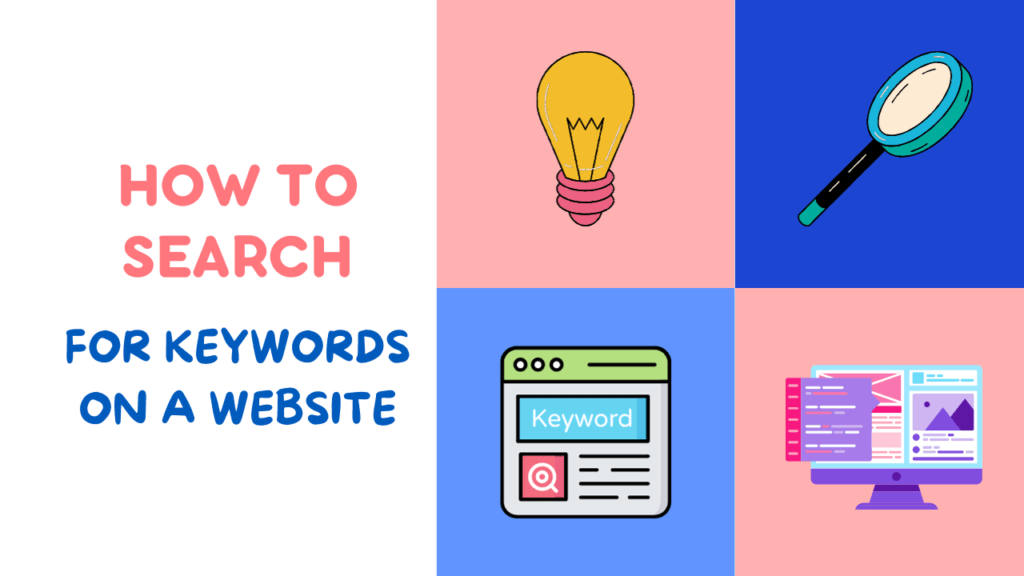Have you ever dreamed of blending your creative passion with the freedom of freelancing? You’re not alone. With the demand for web design on the rise, more aspiring designers are harnessing this growth to launch freelance careers.
I get it – the idea seems thrilling yet terrifying. How do you stand out in a sea of web designers? How do you find clients and manage workflows? Can freelancing really be a stable income? Where does one even begin?
I’ve been there too. As a freelance web designer for over 5 years, I’ve navigated my own journey – sometimes smooth, sometimes bumpy. Along the way, I’ve learned crucial lessons that helped my freelance web design business thrive.
If you’re looking to dip your toes into freelance web designing, this insider guide tackles the key steps to set you up for success. Let’s dive in!
Table of Contents
ToggleNecessary Skills required for Web Designing
Sure, you may have an eye for aesthetics and some existing skills. But as a freelance web designer, technical expertise is what counts. Clients care about end results – can you build websites that look fantastic and function flawlessly?
While natural creative flair helps, specific technical skills form the core foundation. Here are the must-have competencies:
- HTML & CSS: Master these languages for structuring and styling web pages respectively. Understanding semantics, tags, containers, boxes – all help craft visually appealing and accessible sites.
- JavaScript: This programming language adds interactivity to websites. Want those flashy animations, dynamic tabs, interactive widgets? JavaScript makes them happen.
- Design Principles: Concepts like color theory, typography, layouts, white space, visual hierarchy equip you to make informed design choices that engage users.
- Tools of the Trade: Get friendly with web design tools like Adobe XD for prototypes, Figma for collaboration, Canva for graphics, WordPress for content management and more.
- Staying Relevant: With new web technologies launching continually, learning must be ongoing. Read blogs, take courses, experiment!
By mastering these foundation skills, you establish credibility to deliver the web design services clients seek.
Building an Online Portfolio
Your portfolio is your ticket to securing web design gigs. It tangibly demonstrates your abilities to prospective clients.
When launching a freelance career, begin by doing some pro bono or low-cost projects for friends, family or non-profits. Offer discounted rates in return for referrals and testimonials.
For each completed project, document your work thoroughly. Capture screenshots, record your design decisions, challenges faced and solutions implemented. Draft project summaries highlighting goals, key features, technologies used and measurable outcomes.
Choose around 5-8 stellar case studies and publish them on your portfolio website. Optimize each page with relevant keywords e.g. “freelance web designer”, “custom web design services”, “responsive web design case studies” etc.
Remember – quality over quantity. A few remarkable case studies are enough to land initial clients. Continue adding new projects as your freelance web design portfolio grows.
Finding Your First Web Design Clients
Client-hunting is easily the toughest – and most critical – piece for aspiring freelancers. Without clients signing checks, you have no business!
Leveraging online platforms is a popular tactic to connect with prospective clients. Register on freelance marketplaces like Fiverr, Upwork and Freelancer to bid on listed web design projects.
But limit dependence on these channels. The competition is insane, and you risk being stuck in endless bidding wars underselling your worth.
Instead, strive for long term, direct client relationships. This involves proactively putting yourself out there online and offline.
Build a professional website to establish credibility. Get active on LinkedIn to connect with players in your niche. Attend web design conferences and networking events to exchange cards and pitch your services.
Set up Google alerts to find web design leads and tender opportunities. Reach out to local businesses who need websites. Request referrals from satisfied clients and industry peers
The goal? Gradually transition towards repeat clients through referrals or organic discovery, rather than one-off freelance marketplaces gigs.
Pricing Your Web Design Services
Figuring out what to charge for your freelance web design projects can seem tricky, especially when starting out. You know you offer premium skills, but lack proof beyond your portfolio.
Here are three pricing strategies that balance market values with your own worth:
- Package Pricing: Create tiered packages – basic, premium, enterprise – detailing exactly what’s included at each price point. This structure makes costing predictable for clients.
- Hourly Rates: Charge per hour based on the effort and expertise a project demands. Track hours spent per task and bill clients accordingly. Ideal for specialized web design services.
- Value-based Pricing: Price your service based on the value you deliver to clients. Assess unique project needs and customize pricing to address those needs.
Whichever model you choose, analyze competitor rates on freelance platforms to determine reasonable figures. As you gain experience, gradually increase rates while reinforcing the quality you consistently deliver.
Managing Workflows Like a Pro
Juggling multiple clients and projects comes with the freelance territory. Streamlined systems separate productive freelancers from frustrated ones.
Project management tools like Asana, Trello and Basecamp are your new best friends. Use them to break down web design projects into tasks and subtasks. Assign due dates for each stage to track progress.
Communicate directly with clients through the platform rather than endless emails. Log bug reports, change requests, questions and approvals to maintain transparency.
Map out availability in your calendar app and schedule work hours just like meetings. Time block for focused work without distraction. Build buffer days between deadlines to accommodate unexpected delays.
By maintaining organized workflows, you deliver work reliably within mutually agreed timelines.
This accountability demonstrates professionalism that makes clients stick around.
Cultivating Client Relationships
Here’s a reality check – technical prowess alone won’t cut it as a freelancer. You could be the world’s most brilliant web designer, but without people skills, clients won’t knock on your door.
Great work speaks volumes no doubt. But you must also inspire trust to succeed as a solo operator without a branded company backdrop.
This means over communicating, not under communicating with clients. Have detailed conversations to understand needs before proposing solutions. Set clear expectations on roles, responsibilities and timeliness upfront.
Solicit client feedback frequently rather than assuming all is well. Course correct qualquerly if outcomes fall short of expectations. Document agreements to avoid future conflicts.
Following up with clients on ongoing satisfaction also matters. Check if they need help updating content or leveraging certain website features. Offer valuable tips to further their digital presence and goals.
By proactively nurturing positive client experiences beyond the bare minimum contract terms, you build relationships that convert prospects into vocal advocates.
Growing Your Solo Web Design Enterprise
Overnight success is rare, but with consistent effort, expanding your freelance web design business is entirely possible.
Strive to systemize as much as you can in the early days – project workflows, contracts, billing and more. This streamlining helps manage higher volumes later without getting overwhelmed.
As your credibility grows, increase rates incrementally and take on more ambitious projects. Consider niche specializations that distinguish your services. Expand capabilities with complementary skills like search engine optimization.
Rope in freelancer colleagues to outsource certain tasks as needed. Hire a virtual assistant for administrative work. Collaborate with subject matter experts like copywriters and developers to offer full-service solutions.
Stay discoverable by nurturing your online presence and brand. Enable potential clients to easily find and learn about your freelance web design services.
By continually challenging yourself, one day you could grow from a solo freelance web designer to the founder of a thriving digital agency!
Ready, Set, Freelance!
The appeal of freelance web design is real. Leveraging your creative skills on your own terms is an empowering proposition. But without diligence, discipline and business acumen, success can seem elusive.
By patiently honing expertise, showcasing work, attracting clients and delivering results, freelancing rewards the enterprising in steady ways. And occasionally in wonderfully surprising ways too!
Sure the freelance ride has its twists and turns, but I encourage you to take the chance on yourself. Chart your own course and build a web design career aligned with your passion.
With some tools, techniques and tenacity, you can absolutely thrive as a freelance web designer. Here’s wishing you the very best in your journey.











